NASA‘s Dragonfly mission, a car-sized quadcopter rotorcraft, is set to become the first UAV to explore another world, targeting Saturn’s moon Titan in a groundbreaking 2028 mission.
Aiming to land near the 50-mile-wide Selk Crater, Dragonfly will investigate Titan’s organic-rich surface to uncover clues about the prebiotic chemistry that may have sparked life on Earth. As part of NASA‘s New Frontiers Program, this ambitious project will leverage lessons from the Mars Ingenuity helicopter to navigate Titan’s thick atmosphere, hopping from site to site to study the moon’s potential as a chemical laboratory for life’s origins.
With a launch scheduled on a SpaceX Falcon Heavy and an estimated arrival in 2034, Dragonfly promises to redefine our understanding of habitability in the solar system.
Here we can see that beautiful drone in action tested in California
Titan: A Chemical Time Capsule
Titan, Saturn’s largest moon, is a unique destination due to its Earth-like features and rich organic chemistry. Larger than Mercury, Titan boasts a substantial nitrogen-methane atmosphere, 50% denser than Earth’s, with rivers, lakes, and seas of liquid methane and ethane, and organic dunes near its equator.
The Cassini-Huygens mission revealed a wealth of organic molecules on Titan’s surface, including ethane, propane, acetylene, and benzene, which could form the building blocks of life if mixed with liquid water. Selk Crater, the mission’s primary target, is particularly intriguing.
Formed by an asteroid impact, it likely created a temporary liquid water pool that persisted for hundreds to thousands of years, potentially mixing with organics and elements like silicon and phosphorus to form a primordial soup.
While Titan’s frigid temperatures of minus 292°F (minus 180°C) make it inhospitable to life as we know it, its untouched chemical environment offers a window into Earth’s prebiotic past.

(NASA/JPL-Caltech/University of Nantes/University of Arizona)
“Dragonfly isn’t a mission to detect life—it’s a mission to investigate the chemistry that came before biology,” said Zibi Turtle, Dragonfly’s principal investigator at Johns Hopkins Applied Physics Laboratory.
By analyzing the frozen remains of these chemical interactions, Dragonfly aims to illuminate the processes that could have led to life on Earth and assess whether such chemistry is a universal phenomenon or a rare cosmic event.
Dragonfly’s Pioneering Technology
Dragonfly, a car-sized quadcopter, builds on the success of the Mars Ingenuity helicopter, adapting its rotorcraft design for Titan’s denser atmosphere and lower gravity. While specific details about its power source and instruments remain under development, the mission will feature the Dragonfly Mass Spectrometer (DraMS), developed by NASA’s Goddard Space Flight Center with contributions from France‘s CNES.

DraMS will analyze surface chemistry for patterns indicative of complex prebiotic processes, such as the formation of amino acids. “We’re not looking for exact molecules, but patterns that suggest complexity,” said Morgan Cable, a co-investigator at NASA’s Jet Propulsion Laboratory. The rotorcraft’s ability to autonomously hop between sites will allow it to cover diverse terrains, from organic dunes to the water-rich Selk Crater.
The mission, part of NASA’s New Frontiers Program, follows successful predecessors like New Horizons (Pluto), Juno (Jupiter), and OSIRIS-REx (asteroid Bennu).
With a budget of $3.35 billion, Dragonfly represents a significant investment in planetary exploration, managed by Johns Hopkins APL and NASA’s Marshall Space Flight Center. Its launch from Kennedy Space Center’s Complex 39A on a SpaceX Falcon Heavy underscores the collaboration between public and private sectors to push the boundaries of space technology.
By 2034, when Dragonfly reaches Titan, it will provide a wealth of data to the Planetary Data System, advancing scientific knowledge and inspiring future generations.

A New Era for UAV Innovation
As an Earth-based UAV pilot, I find the Dragonfly mission profoundly inspiring, not only for its scientific ambitions but for its potential to revolutionize UAV technology on our planet. Operating a quadcopter in Titan’s extreme environment—dense atmosphere, low gravity, and subzero temperatures—requires breakthroughs in autonomy, navigation, and durability. These advancements could translate into more robust drones for Earth, capable of operating in harsh conditions like Arctic winters, torrid rains or desert storms.
The autonomous site-to-site hopping capability of Dragonfly could inspire next-generation UAVs for tasks like disaster response, where drones must navigate unpredictable terrains without constant human input, enhancing efficiency and safety in critical missions.
Moreover, Dragonfly’s integration of advanced instruments like DraMS highlights the potential for UAVs to become sophisticated data-collection platforms on Earth. As a pilot, I envision drones equipped with similar sensors not only for environmental monitoring, agricultural analysis, search-and-rescue operations delivering real-time data in remote or hazardous areas. Or why not: helping advance the technology to make better commercial videos.
The mission’s success could accelerate investment in UAV research, fostering innovations in battery life, sensor miniaturization, and AI-driven autonomy. By pushing the limits of what rotorcraft can achieve on Titan, Dragonfly will likely pave the way for smarter, more versatile drones, transforming industries and reinforcing the role of UAVs as indispensable tools for exploration and problem-solving on Earth.
Images and video courtesy of NASA
Discover more from DroneXL.co
Subscribe to get the latest posts sent to your email.

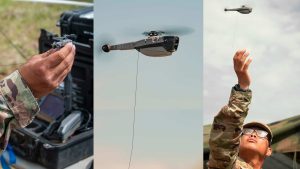


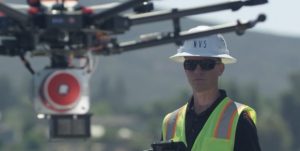




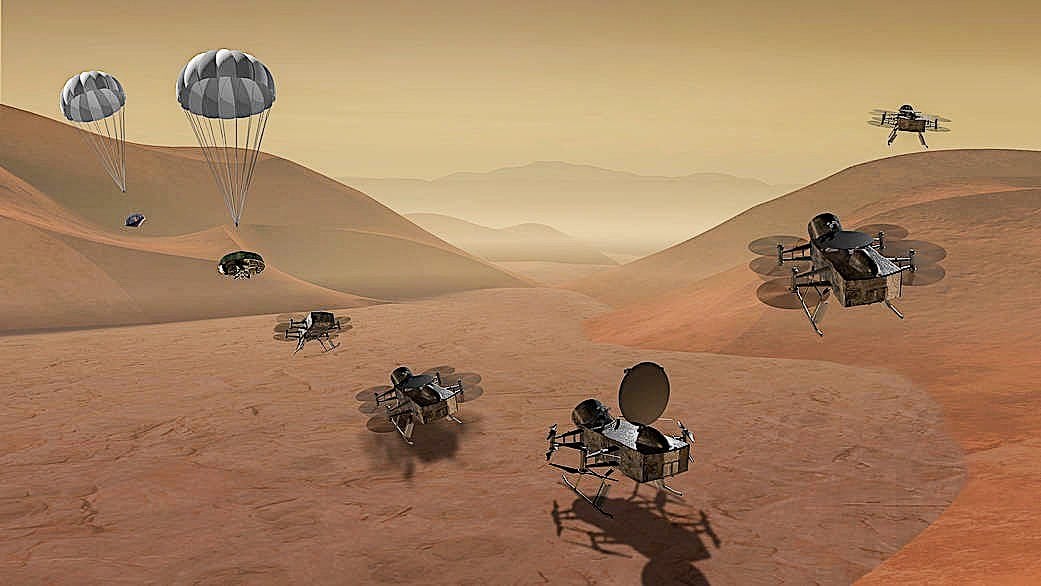

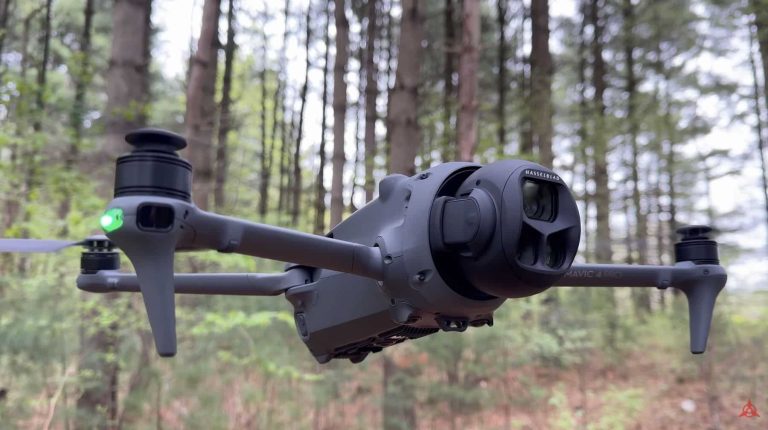
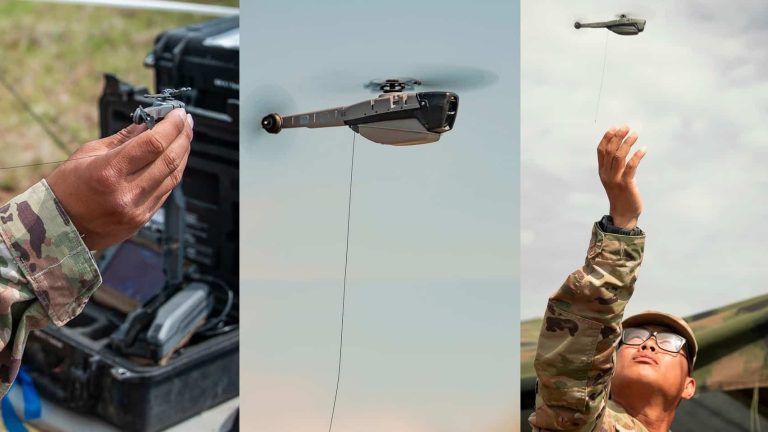
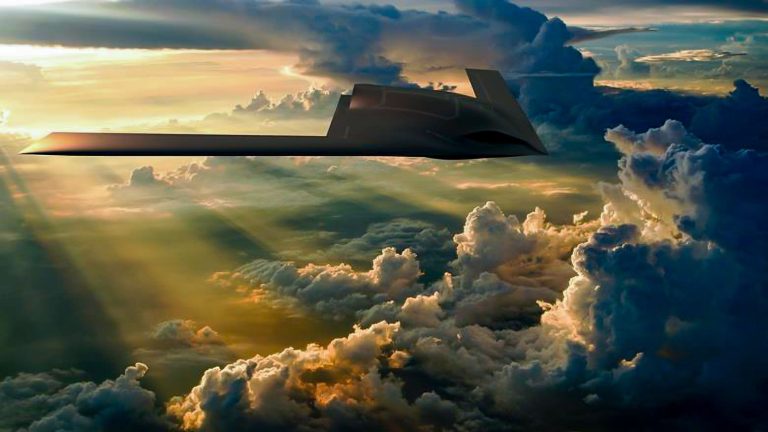
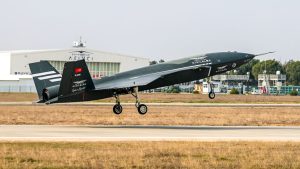

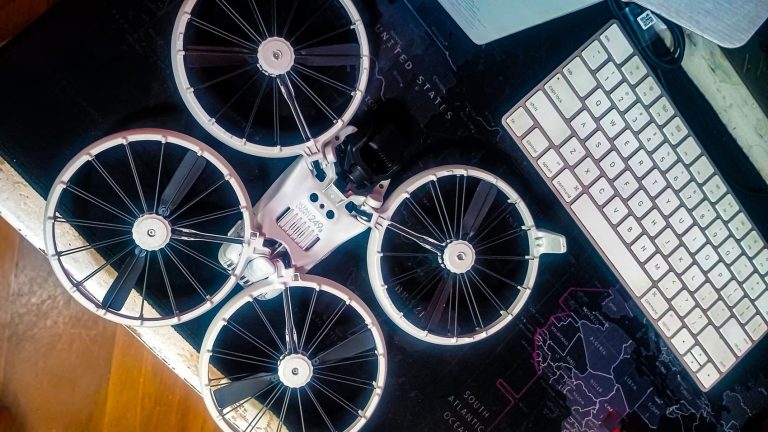
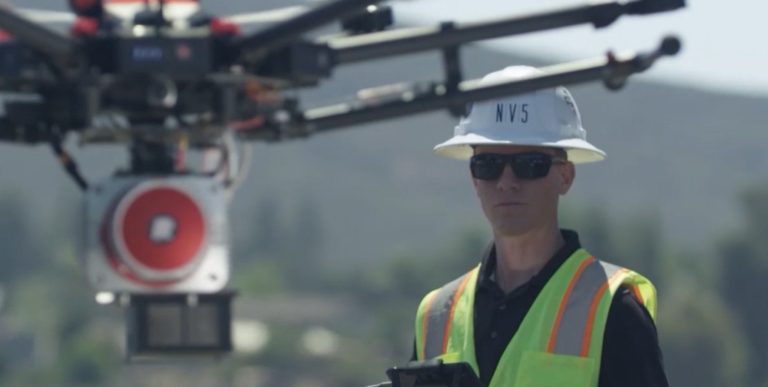

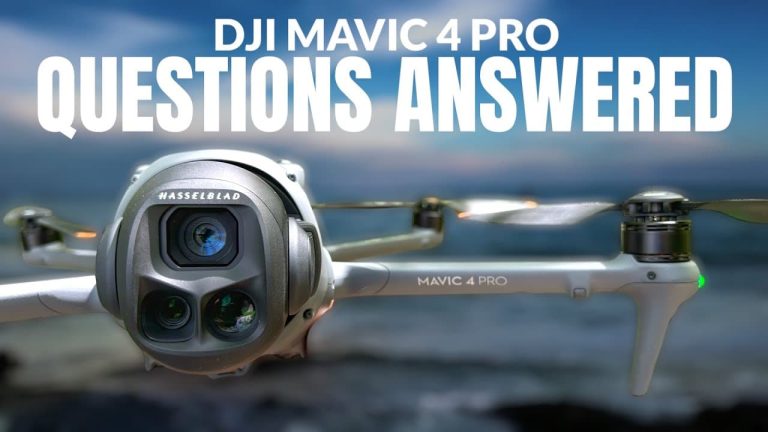
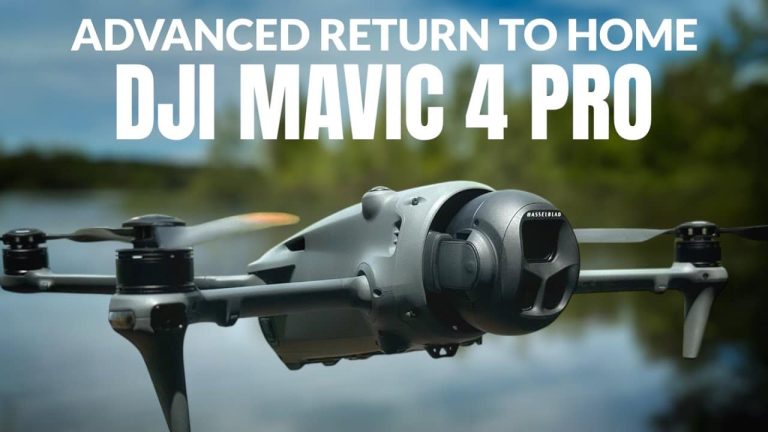
+ There are no comments
Add yours